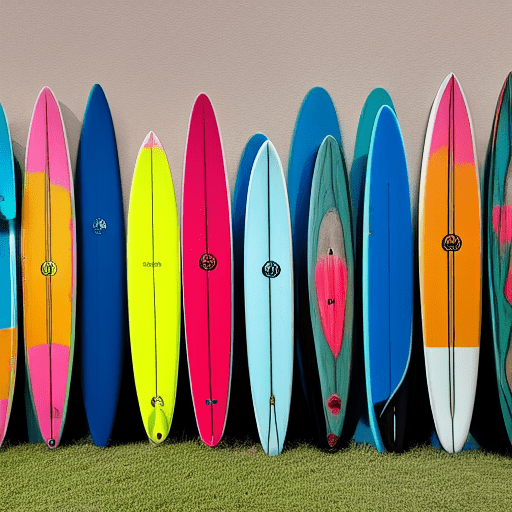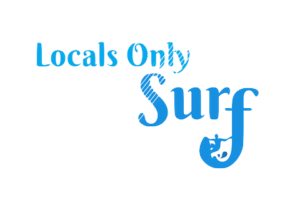So you’ve decided to take up surfing, huh? Great choice! Surfing is not only a ton of fun, but it’s also a great workout. Plus, it’s a great way to spend time outdoors and enjoy the waves (and the sun, if you’re lucky).
But before you can start paddling out into the lineup, there are a few things you need to know about surf lingo. After all, what good is catching a wave if you don’t even know what to call it? To help you get started, we’ve put together a list of 10 essential surf terms that you need to know. Read on to learn more!
1. Stoked:
This term is used to describe the feeling of excitement or happiness. For example, “I’m stoked for the beach today!” John John Florence’s favorite word and a cornerstone phrase if you want to speak like a surfer.
2. Barrel:
This term is used to describe the curved part of a wave that forms around a surfer as they ride it. Getting barreled is one of the greatest moments of a surfer’s life. There is no feeling like the adrenaline of being covered by the wave and riding out of it.
Check out these Legendary Barrels of Namibia:
3. Swell:
A swell is an energy that has been transferred from the wind into the ocean. Every swell starts out as small ripples on the surface of the ocean and grows as they travel. The energy builds up and the swell will grow in size before it breaks into actual waves.
When you’re reading a surf report, they’ll often list primary swell and secondary swell. The primary swell is often the one that the report thinks is likely to make the largest and most powerful waves on the beach.
4. Quiver:
A quiver is a term used to describe a surfer’s collection of surfboards. Most surfers have multiple boards that they use, depending on the conditions. For example, when there are small waves you’ll want to take out a longer board so you can catch the waves. When the waves are bigger, you can take out a smaller board which will allow you to turn easier.

5. Duck Dive:
A “duck dive” is a maneuver used by surfers to get under oncoming waves so they can continue paddling out without being pushed back towards shore. If you can’t do a duck dive currently, don’t worry. It takes a long time to get good at and a lot of practice is involved in it.
Check out this video from John John Florence on how to practice your duck dive.
6. Takeoff:
The “takeoff” is the moment when a surfer starts riding a wave. If you’re a beginner and struggle with popping up on your takeoff there are a few things that you can do to get better. We put together this resource here that will help: Master Your POP UP Technique With This Strategy
7. Bottom Turn:
A “bottom turn” is a move often performed by surfers after they take off on a wave. To do a bottom turn, the surfer turns their board around so they’re heading back towards the wave’s crest (the top).
8. Cutback:
A “cutback” is another move often performed by surfers after they take off on a wave. To do a cutback, the surfer turns their board sharply back towards the wave’s shoulder. You’ll want to rotate your arms towards the direction you want to turn towards, which will help you rotate the board in that direction.
9. Hang Ten/Hang Five:
“Hanging ten” or “hanging five” means putting all ten toes/five toes over the nose of your board while riding a wave. It’s crazy difficult to do because you are shuffling your feet up to the front of the board while working to keep your balance. You also want to make sure that your weight is behind you so that you don’t dip the front of the board into the water and fly over the front.
One thing to keep in mind while working to hang ten or hang five is that your leash might stop you from reaching the front of the board.
10. Wipeout:
A “wipeout” is what happens when a surfer falls off their board. This can happen for a variety of reasons, such as waves crashing on top of them or losing balance while riding.
Now that you know some essential surf terms, you’re one step closer to becoming a bonafide surfer!
